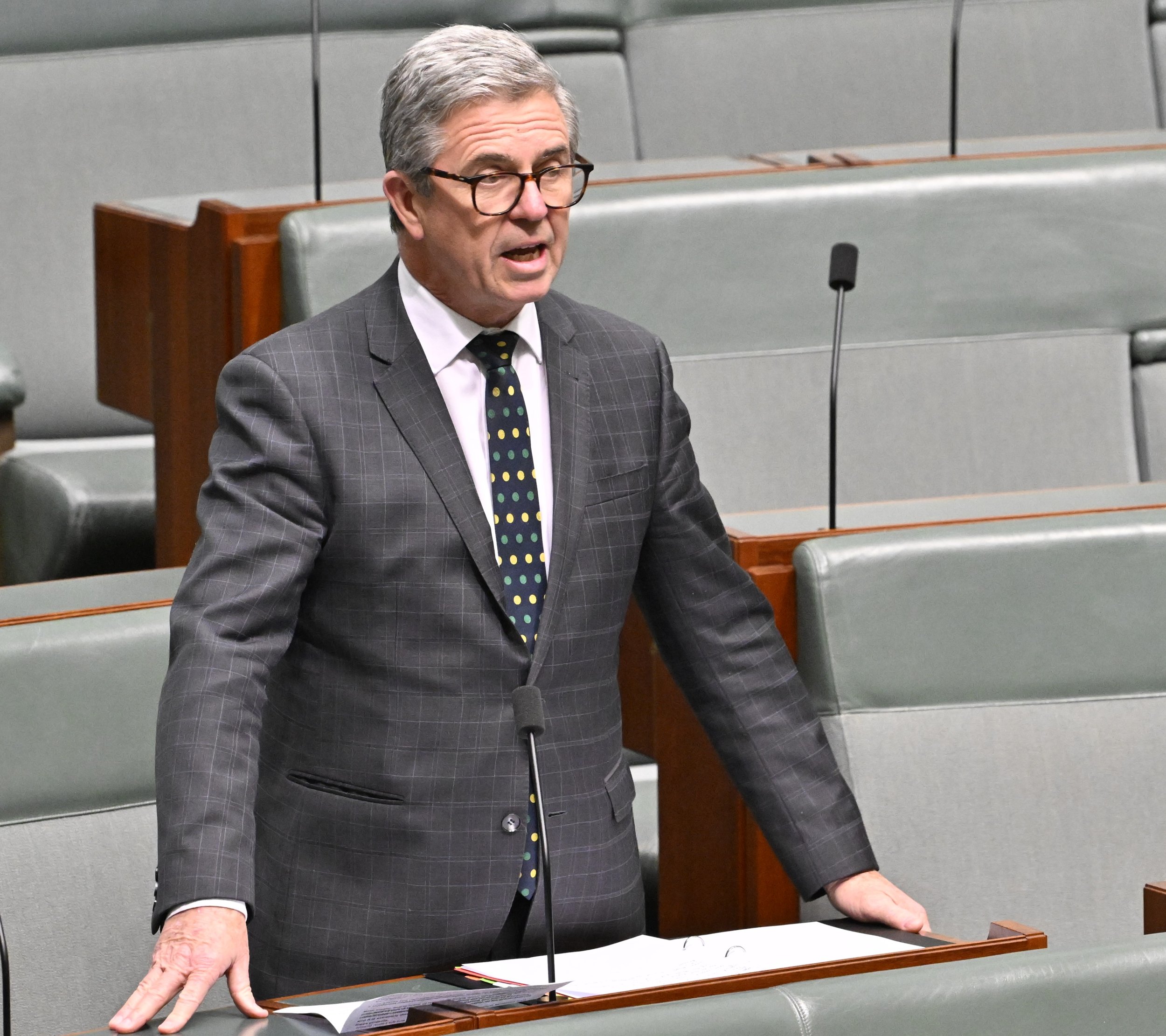FORESTRY CRITICAL TO HOUSING AFFORDABILITY
A sustainable and well-managed native forestry sector is critical to housing affordability according to Federal Member for Lyne Dr David Gillespie.
Dr Gillespie has told Parliament the industry is important to regions like the North Coast and the Hunter generating thousands of jobs and supplying materials for housing, infrastructure and everyday products.
Dr David Gillespie says the industry also plays an important environmental role with carbon capture and storage - but continues to be hampered by over regulation and red tape driving up the cost of housing….
ADJOURNMENT
Forestry Industry
Dr GILLESPIE (Lyne) (19:30): Today is National Forestry Day, and the Australian timber industry is a critical and essential industry that's worth $24 billion annually to our economy. It is sustainable, and the original renewable industry. It's also the original carbon capture and storage facility. Australian forestry and the associated industries employ 180,000 people indirectly and directly. It is nature's natural carbon store, alongside the unrecognised major carbon store—namely, organic soil carbon. It is the feedstock for paper, flooring, building products, structural timber for mining, railways, wharfs, jetties, bridges, fencing and farming. Structural beams and critical support beams in manufactured, structurally proven timbers have been developed in Taree as well as in other academic centres around Australia. It is the feedstock for eucalyptus oil, biofuels and furniture. In a housing affordability crisis, more timber is required because, sadly, through activists' activity and misguided policy development, too much of our native forestry has been closed down. You can see that is what has happened in Victoria.
It is sustainable and environmentally responsible. It continues to exist in Tasmania and New South Wales. I'll go through some of the sustainability criteria that make the New South Wales forestry world renowned in its standards. Only 12 per cent of the two million acres that are set aside for forestry is actually able to be harvested, and only one per cent of it is harvested in any one year. In that two million hectares are 35,000 hectares of hardwood plantations and 225,000 hectares of softwood pine plantations, of which only 12 per cent is available for harvest in any one year. Forestry Corporation has a 100-year strategy that means only 10 trees out of 14,000 are harvested in the one per cent of the 12 per cent of two million acres available.
A young, growing, managed forest that is serially harvested, and grows and regrows, captures 23 per cent more carbon than a static, mature forest. Native hardwood in plantation and native forest has many peer-reviewed scientific studies, particularly one by Mr Ximenes which documented that extra percentage when you are actively managing a forest. For every tree harvested in New South Wales, there is more than one regenerated by the seed load in the soil as well as active plantation. Before harvesting occurs, it's preceded in New South Wales native forests by a 10-year overall plan and a three-year field study validating the ecology. Then, when it is harvested, it is on a 30-to-50-year cycle. New South Wales north coast hardwood is a $2.9 billion annual production as well as an immediate $1.1 billion value-add, but when you see what it goes into, the multiplying effect through the economy in all those other industries, you can see how it's critical. And we still rely on $5 billion of timber imports from Asia, Europe and the Americas—imports which we cannot guarantee the standards of as we can with our own timber. Flora and fauna pre-harvesting published studies by Kavanagh and by Brad Law have identified that high intensity burns in unmanaged forests and suburban encroachment are risks to koalas, but under the National Koala Monitoring Program and one published study they are flourishing. (Time expired.)
